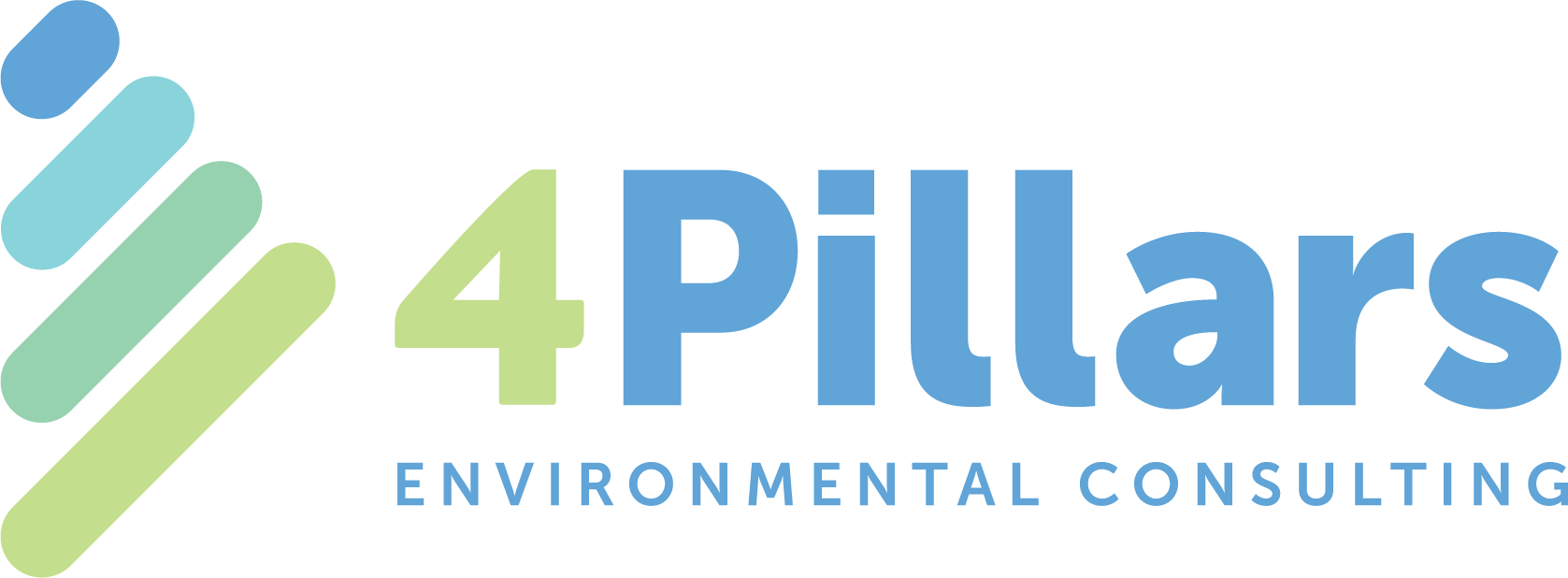Read time: 2 minutes.
Aquatic environments such as rivers, lakes, bays and groundwater are damaged when chemical or physical contaminants are present at levels that exceed the capacity of these ecosystems to cope with.
It is important to maintain healthy ecosystems, so they continue to provide benefits to people and other living things. tweet
Earlier this year, 4Pillars was represented at a SETAC workshop (sponsored by Sydney Water) focused on the Australia’s National Water Quality Management Strategy (NSWQM) and the Australian and New Zealand Guidelines for Fresh and Marine Water Quality (ANZG 2018). The NSWQM is designed to facilitate water quality management for the productive and sustainable use of Australia’s water resources and to protect aquatic ecosystems. The ANZG fit within this strategy and supersede the Australian and New Zealand Environment and Conservation Council Water Quality Guidelines (ANZECC 2000).
The ANZG incorporate new science and knowledge, developed over the past 20 years through collaboration between Australian and New Zealand and Australian State and Territory Governments. One key revision was the expansion and strengthening of the Water Quality Management Framework (WQMF). Where ANZECC 2000 previously relied heavily on chemical assessment to determine whether the guideline value had been exceeded, the framework supports a weight of evidence approach.
ANZG 2018 allow overall assessment of the water/sediment quality to be made based on a combination of different qualitative, semi-quantitative or quantitative lines of evidence. tweet
The main takeaway from this workshop was that guidelines should not be viewed in isolation because context is important! That is to say, the updated default guideline values (DGVs) (now accessible online here) are just one line of evidence among many.
Some other key changes in ANZG 2018 are:
- removal of information on recreational and drinking water, avoiding duplication with the Australian Drinking Water Guidelines 2011 and Guidelines for Managing Risks in Recreational Water 2008;
- guidance on Indigenous cultural and spiritual values associated with water quality;
- promotion of a weight of evidence approach;
- inclusion of methods to derive regionally specific default guidelines values; and
- new physical and chemical stressor information and default guidelines values.
The guidelines are relevant for our clients, as new the management framework affects the following common activities:
- Developing water quality management plans;
- Applying for development approvals;
- Assessing waste discharges;
- Investigating unexpected or pollution events;
- Assessing remediation studies (for both sediments and the water column);
- Conducting baseline studies;
- Conducting assessments within the NSW EPA Contaminated Site Framework; and
- Implementing broadscale monitoring programs.
By engaging 4Pillars, you can be confident that your project will be completed based on the best available science and most up to date guidelines. This means a smoother regulatory pathway and more efficient project delivery.
You can read more about the guidelines here.
This work is licensed under a Creative Commons Attribution-NonCommercial-NoDerivatives 4.0 International Licence.


